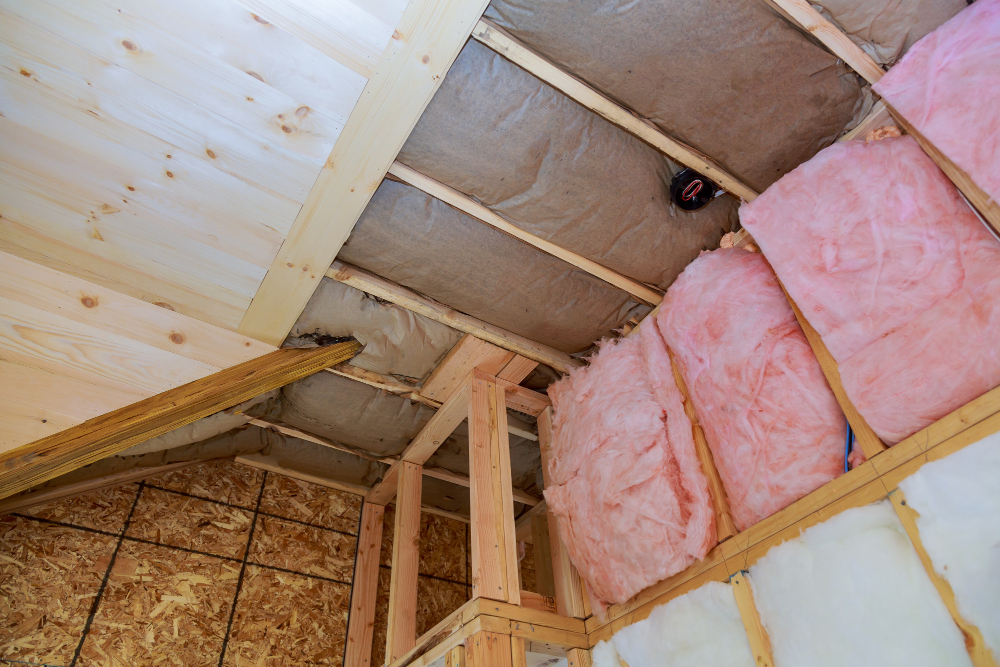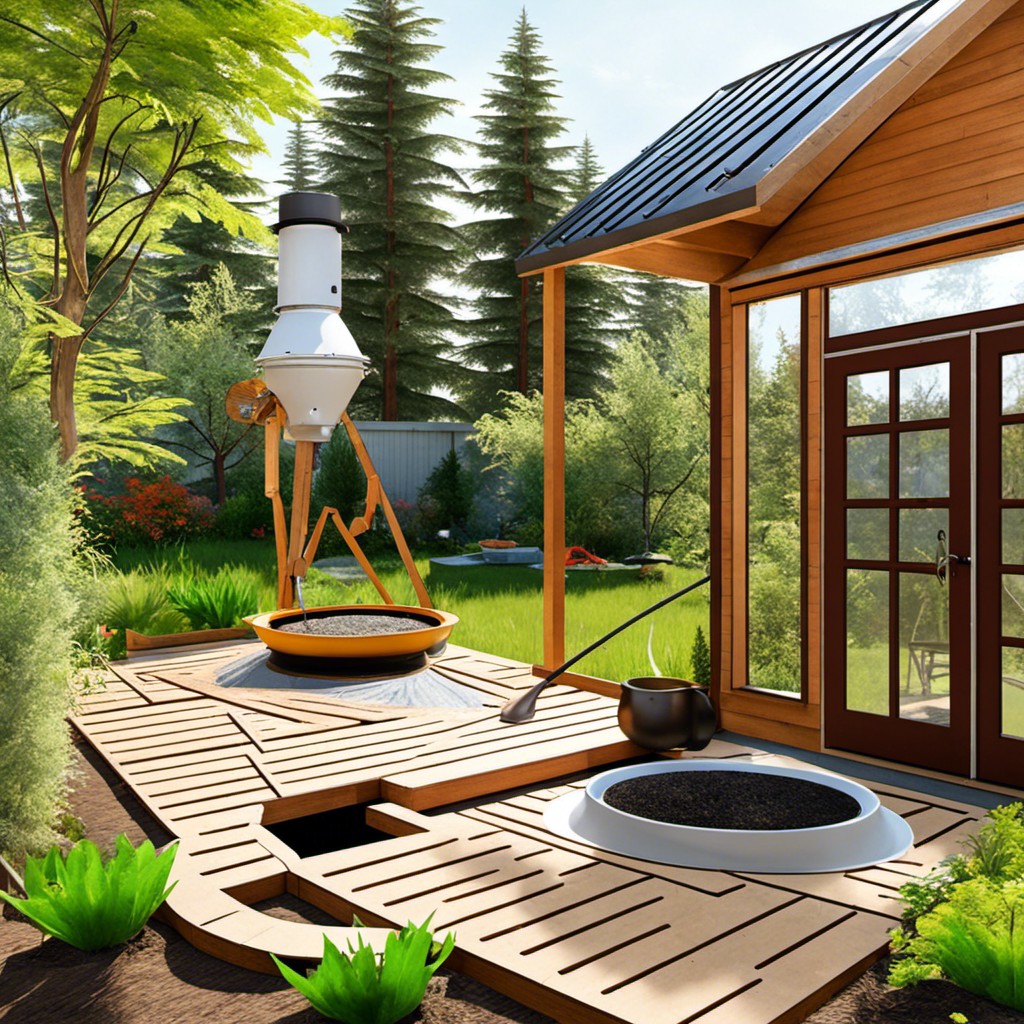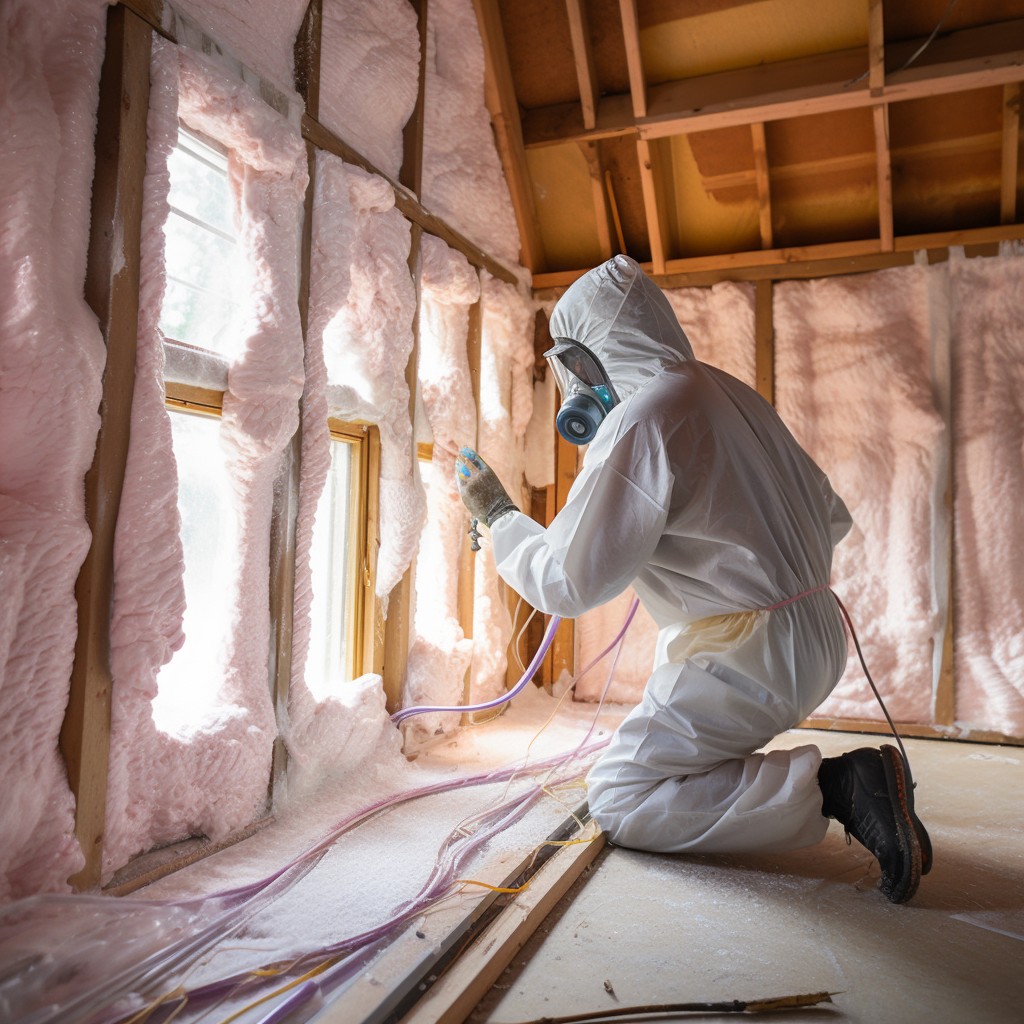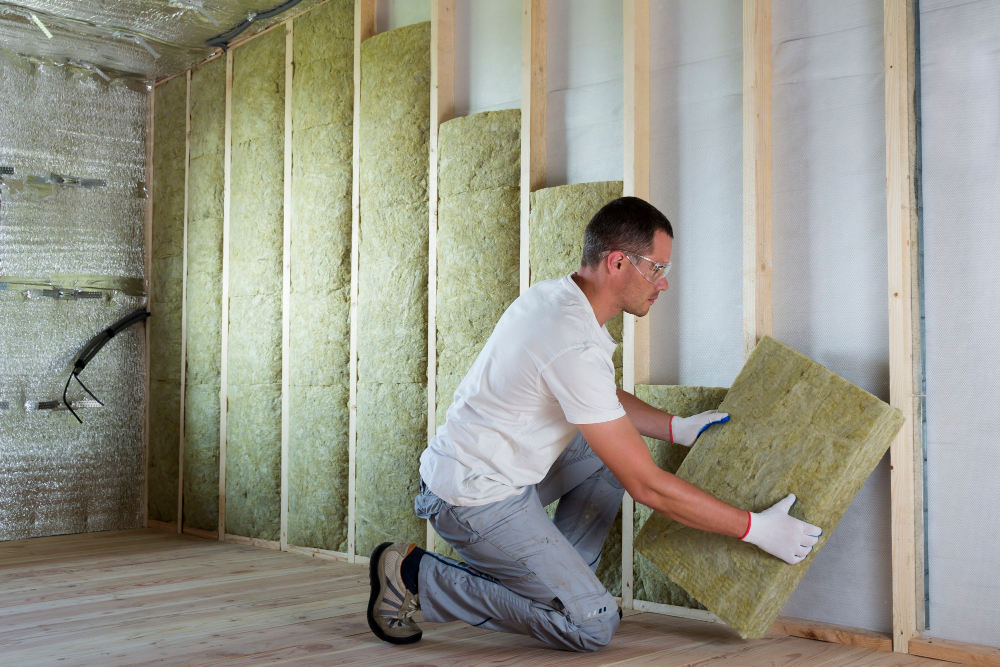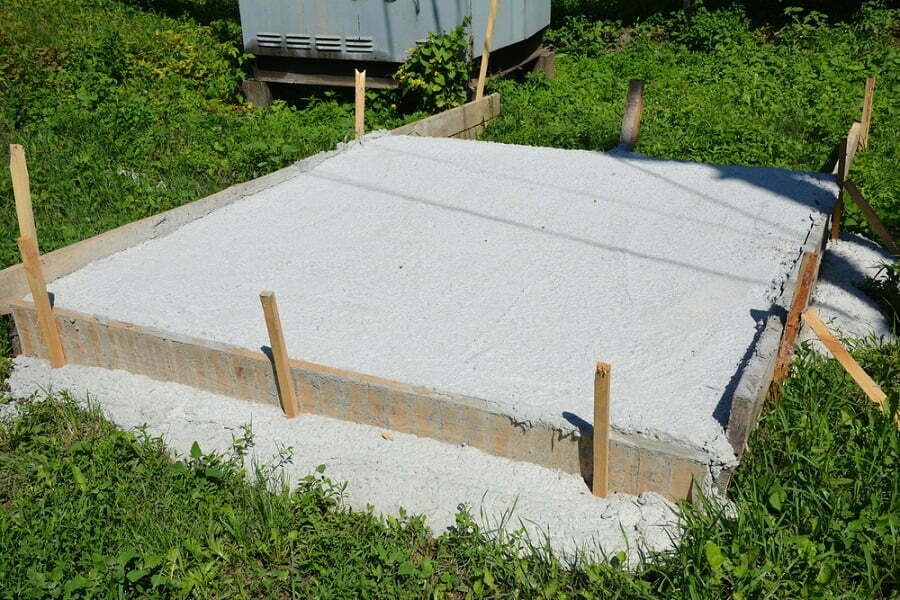Last updated on
Discover the top alternatives to crawl space encapsulation that can effectively protect and improve your home’s foundation while saving you time and money.
Are you tired of hearing about crawl space encapsulation as the only solution for your home’s moisture and air quality problems? Well, you’re not alone. While encapsulation can be effective, it’s also expensive and may not be the best fit for everyone.
Fortunately, there are plenty of alternative options that can achieve similar results without breaking the bank. In this article, we’ll explore some creative alternatives to crawl space encapsulation that will leave your home feeling fresh and healthy without draining your wallet.
So let’s dive in!
Understanding Crawl Space Issues

Before we dive into the alternatives to crawl space encapsulation, it’s important to understand why you might need them in the first place. Crawl spaces are notorious for being damp, musty, and prone to mold growth.
This is because they’re often located below ground level and can be affected by moisture from the soil or groundwater seepage.
Excessive moisture in your crawl space can lead to a host of problems such as wood rot, pest infestations (termites love moist environments), structural damage due to weakened support beams or joists, and poor indoor air quality that can affect your family’s health.
While encapsulation has become a popular solution for these issues over recent years – sealing off your entire crawl space with heavy-duty plastic sheeting – it may not always be necessary or feasible depending on factors like budget constraints or accessibility issues.
The good news is that there are plenty of alternative solutions available that address specific concerns without requiring extensive work on your part.
Alternatives to Encapsulation

In fact, there are several alternatives that can be just as effective at protecting your home’s foundation while saving you money.
One alternative to encapsulation is installing a ventilation system in your crawl space. This involves adding vents or fans to increase airflow and reduce humidity levels.
Another option is using dehumidifiers specifically designed for use in crawl spaces.
Vapor barriers are another common alternative to encapsulation. While they don’t provide the same level of protection as full-scale encapsulation, vapor barriers can still help prevent moisture from entering your home through the ground.
Insulating your crawl space with foam board insulation or spray foam insulation can also be an effective way to control temperature and humidity levels without resorting to full-scale encapsulation.
Ultimately, choosing an alternative solution will depend on factors such as budget constraints, climate conditions in your area, and specific concerns related to pests or mold growth.
Moisture Control Methods
Excess moisture can lead to mold growth, wood rot, and even structural damage. Fortunately, there are several effective moisture control methods that don’t involve encapsulation.
One option is to install a vapor barrier on the ground surface of your crawl space. This will prevent moisture from seeping up through the soil and into your home’s foundation.
Another method involves improving ventilation by installing vents or fans in strategic locations throughout the crawl space.
Dehumidifiers are also an excellent tool for controlling excess humidity levels in your home’s lower level areas like basements and crawl spaces where air circulation may be limited.
Ventilation Systems
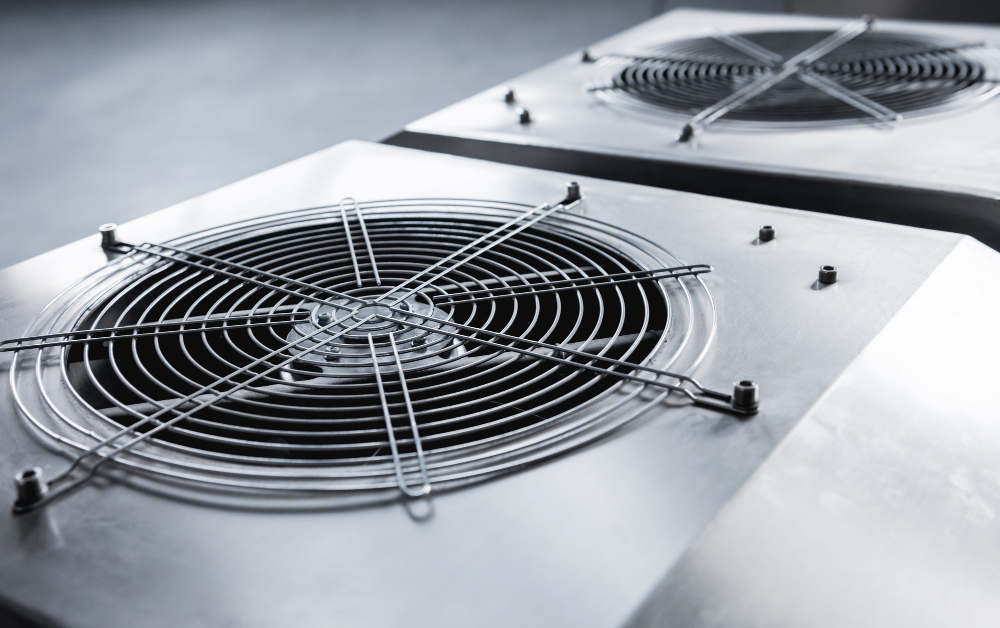
They work by circulating air throughout the crawl space, which helps to reduce moisture levels and prevent mold growth. There are two types of ventilation systems: natural and mechanical.
Natural ventilation relies on passive airflow through vents or openings in the foundation walls. This type of system is inexpensive but may not be effective in areas with high humidity levels or poor air circulation.
Mechanical ventilation, on the other hand, uses fans or blowers to actively circulate air throughout the crawl space. This type of system can be more expensive upfront but is often more effective at reducing moisture levels and preventing mold growth.
When considering a ventilation system for your home’s crawl space, it’s essential to consult with a professional contractor who can assess your specific needs and recommend an appropriate solution based on factors such as climate conditions, soil composition, foundation design, and budget constraints.
Dehumidifiers for Crawl Spaces
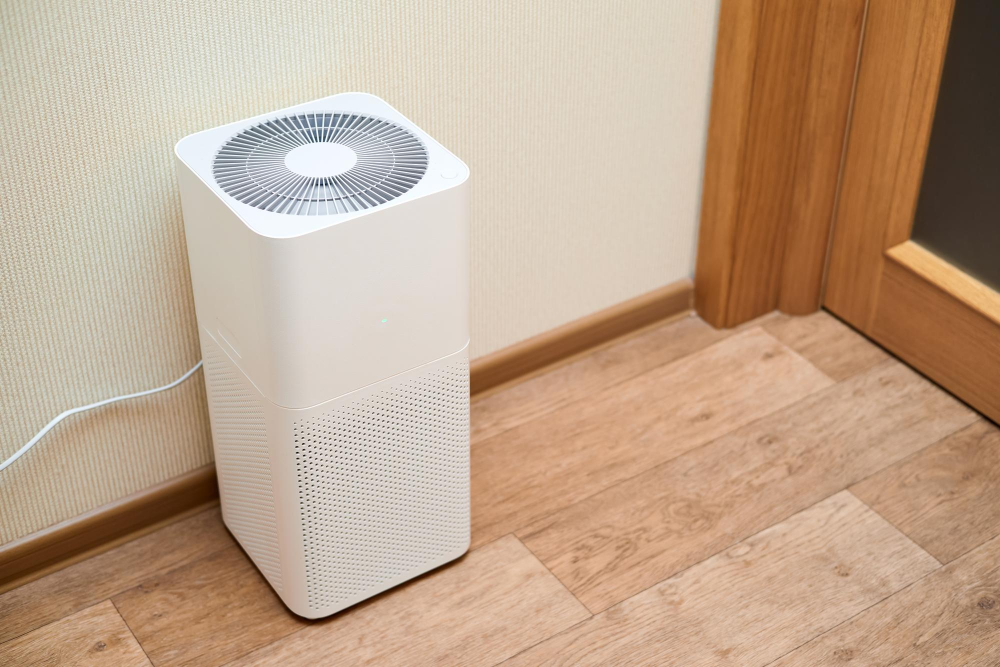
They work by removing excess moisture from the air, which can help prevent mold growth and improve indoor air quality. Dehumidifiers come in different sizes and types, so it’s important to choose one that is appropriate for your crawl space size and needs.
When selecting a dehumidifier for your crawl space, consider factors such as capacity (measured in pints per day), energy efficiency rating (EER), noise level, and ease of maintenance. Look for models with automatic shut-off features or built-in pumps that can drain water directly outside the home.
While dehumidifiers may not be as effective as encapsulation at preventing moisture buildup in extreme cases, they are still an excellent option for many homeowners who want to maintain healthy indoor air quality without breaking the bank on expensive solutions like encapsulation.
In addition to using a dehumidifier, you should also take steps to address any underlying issues causing excessive humidity levels in your crawl space. This could include fixing leaky pipes or improving ventilation systems throughout your home.
Vapor Barriers: Pros and Cons
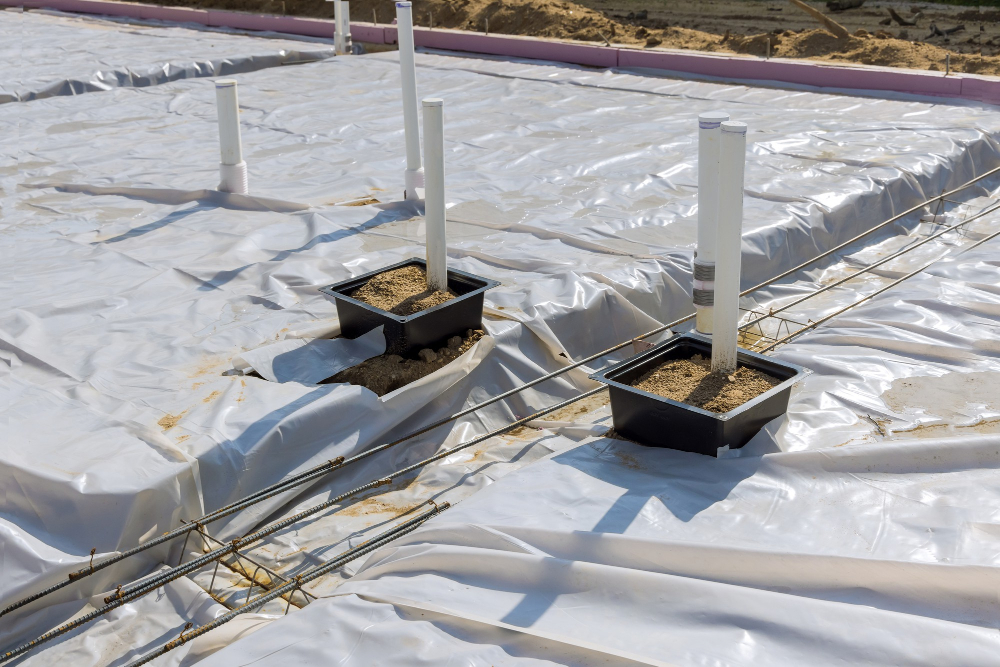
They work by preventing moisture from entering your home through the ground and walls of your crawl space. While they can be effective, there are pros and cons to using them.
Pros:
- Vapor barriers are relatively inexpensive compared to full encapsulation.
- They can help reduce humidity levels in the crawl space, which can prevent mold growth.
- Installation is quick and easy for experienced professionals.
Cons:
- Vapor barriers do not address ventilation issues that may exist in your crawl space.
- If not installed correctly or if damaged, vapor barriers may actually trap moisture inside the crawlspace leading to more problems than solutions
- Over time, vapor barrier materials may break down or become damaged due to pests or other factors requiring replacement
Vapor Barrier Vs. Encapsulation
While both methods aim to achieve the same goal, they differ in their approach.
A vapor barrier is a thin sheet of material that’s installed on the ground surface of your crawl space. Its primary function is to prevent moisture from seeping into your home through the soil.
Vapor barriers can be made of different materials such as plastic or foil, but they all serve one purpose: keeping water out.
Encapsulation takes things a step further by sealing off every inch of your crawl space with heavy-duty liners and insulation materials. This method creates an entirely separate environment within your home’s foundation that’s free from outside elements like humidity or pests.
While encapsulation may seem like the more comprehensive solution at first glance, it also comes with a higher price tag than installing just a vapor barrier alone. Some homeowners prefer not to seal off their entire crawlspace due to concerns about ventilation and potential mold growth if there isn’t enough airflow.
Insulation Options
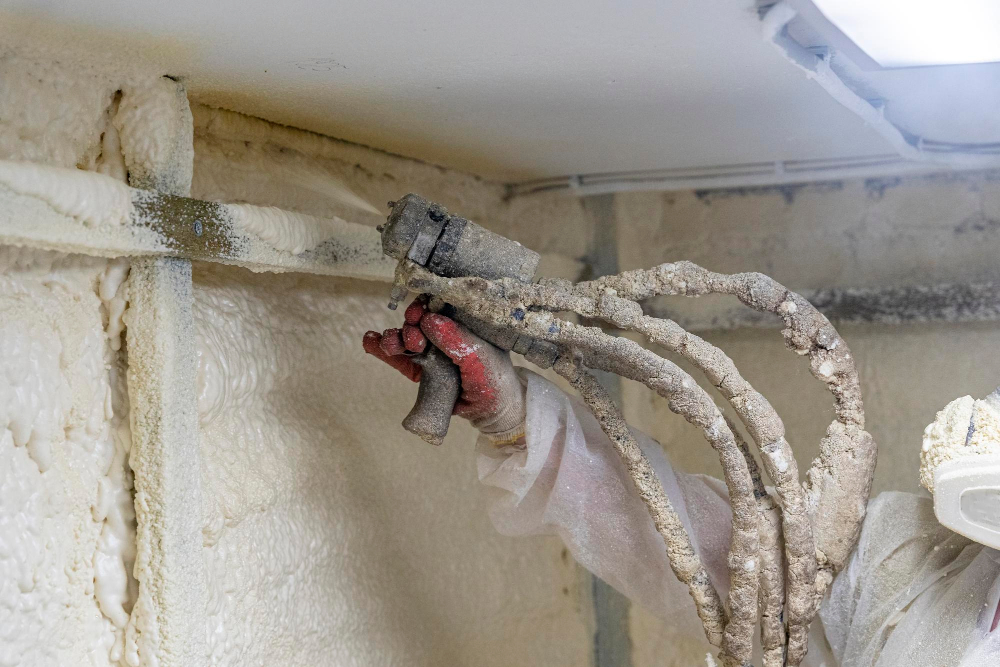
There are several insulation options available that can help keep your home comfortable while also protecting against mold and mildew growth.
One popular option is spray foam insulation, which creates a tight seal around pipes and other fixtures to prevent air leaks. This type of insulation can be more expensive than other options but provides excellent coverage for hard-to-reach areas.
Another option is fiberglass batts or rolls, which are easy to install and relatively inexpensive. However, they may not provide the same level of protection against moisture buildup as spray foam.
Rigid foam board insulation offers superior resistance to water damage but can be challenging to install in tight spaces due to its size. It’s important to consider factors such as cost-effectiveness, ease of installation, durability when selecting the right type of crawl space insulation for your home.
Interior Drainage Systems
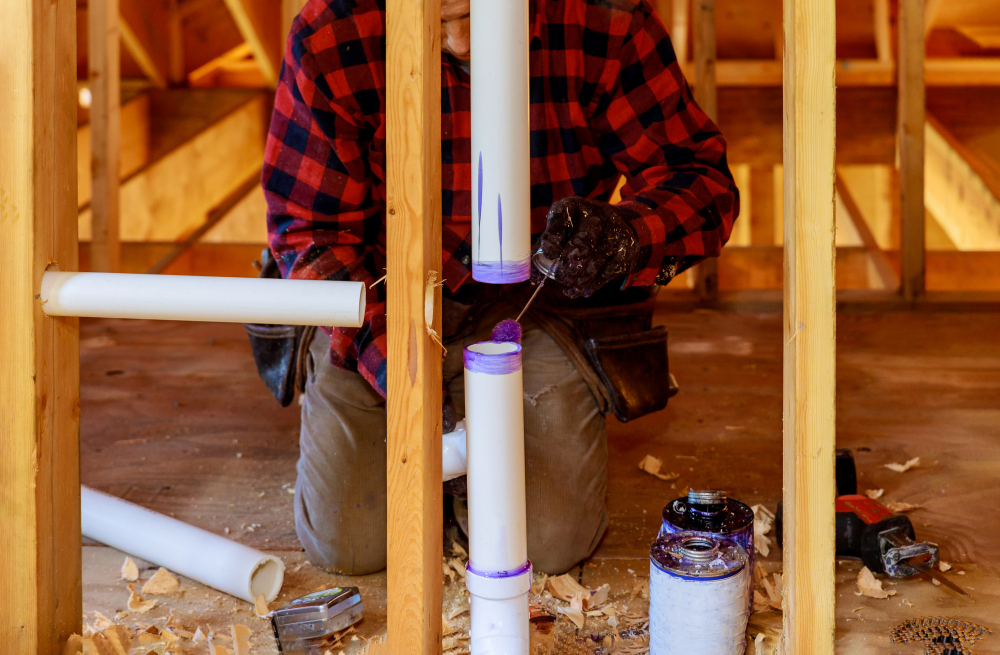
These systems work by collecting water that enters the crawl space through a network of pipes and channels, then directing it away from your foundation using a sump pump. This method is particularly effective in areas with high groundwater levels or heavy rainfall.
One advantage of interior drainage systems is their ability to address moisture issues without requiring extensive excavation or structural changes to your home’s foundation. They’re also relatively easy to install, making them an attractive option for homeowners looking for quick solutions.
However, it’s important to note that interior drainage systems may not be suitable for all homes or situations. If you have significant structural damage or other underlying issues contributing to moisture problems in your crawl space, more comprehensive repairs may be necessary.
Ultimately, the best approach will depend on the specific needs of your home and budget constraints.
Sump Pumps and Drainage
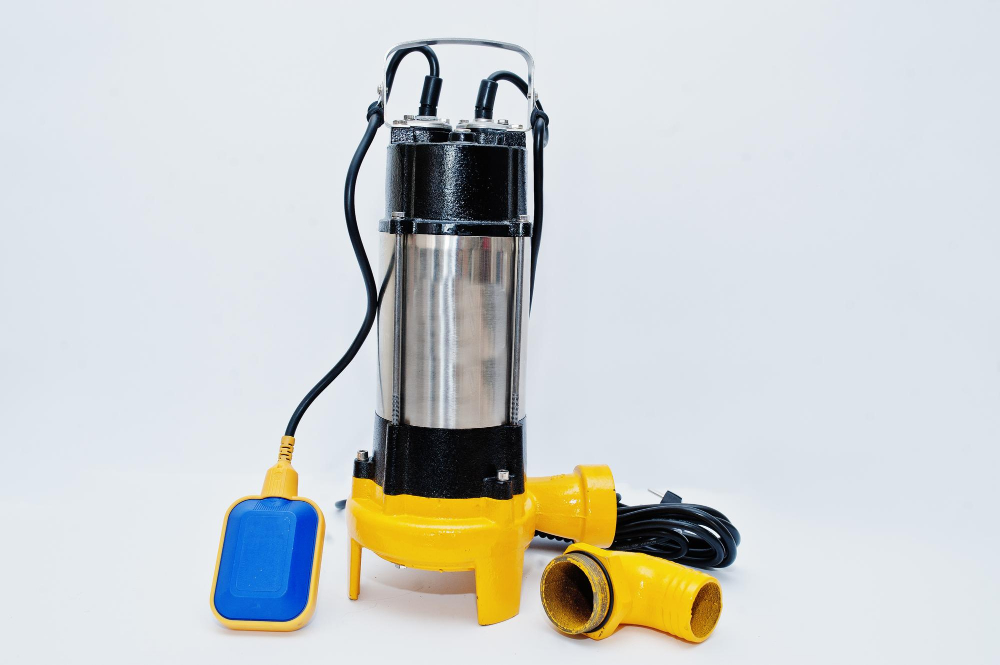
However, they can be a highly effective alternative to encapsulation. Sump pumps work by collecting water that has accumulated in the crawl space and pumping it out of the house through a discharge pipe.
Drainage systems, on the other hand, prevent water from entering your home in the first place by redirecting rainwater away from your foundation.
While these solutions may not completely eliminate all moisture issues like encapsulation does, they can still make a significant difference at an affordable cost. It’s important to note that proper installation is crucial for their effectiveness; therefore hiring an experienced contractor is recommended.
In addition to preventing mold growth and structural damage caused by excess moisture buildup under your home’s foundation or basement floorboards – sump pumps also help reduce humidity levels inside homes which makes them ideal for those who suffer from allergies or respiratory problems such as asthma.
Mold Prevention Techniques
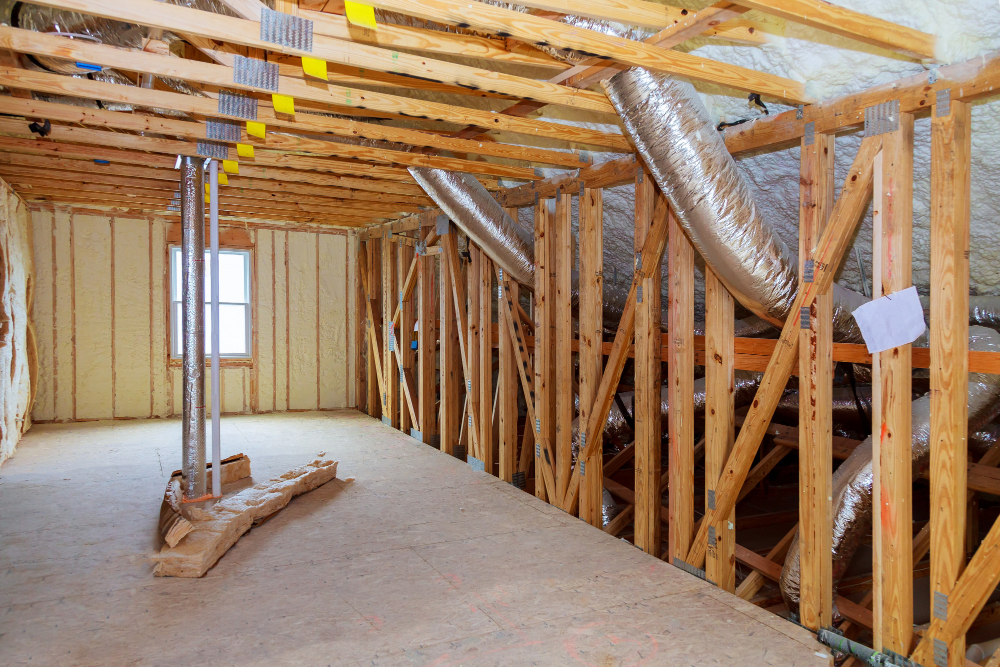
Fortunately, there are several mold prevention techniques that you can use to keep your crawl space clean and healthy. One of the most effective ways to prevent mold growth is by controlling moisture levels in your home’s foundation.
This can be achieved through proper ventilation or dehumidification systems.
Another way to prevent mold growth is by using vapor barriers or insulation materials that resist moisture buildup. These materials create a barrier between the outside environment and your home’s foundation, preventing water from seeping into the crawl space.
In addition to these preventative measures, regular inspections of your crawl space for signs of water damage or leaks are crucial for catching potential problems before they turn into major issues.
Mold and Mildew Prevention
These fungi can cause health issues for you and your family, as well as damage to your home’s structure. Fortunately, there are several ways to prevent mold and mildew growth in your crawl space.
One effective method is to install a dehumidifier specifically designed for use in crawl spaces. This device will remove excess moisture from the air before it has a chance to settle on surfaces and create an environment conducive to mold growth.
Another option is installing proper ventilation systems that allow fresh air into the space while expelling stale air out of it. Proper ventilation helps reduce humidity levels by allowing moisture-laden air out of the crawlspace.
Sealing any cracks or gaps around pipes or vents leading into the crawlspace can help keep unwanted moisture from entering this area altogether.
Pest Control in Crawl Spaces
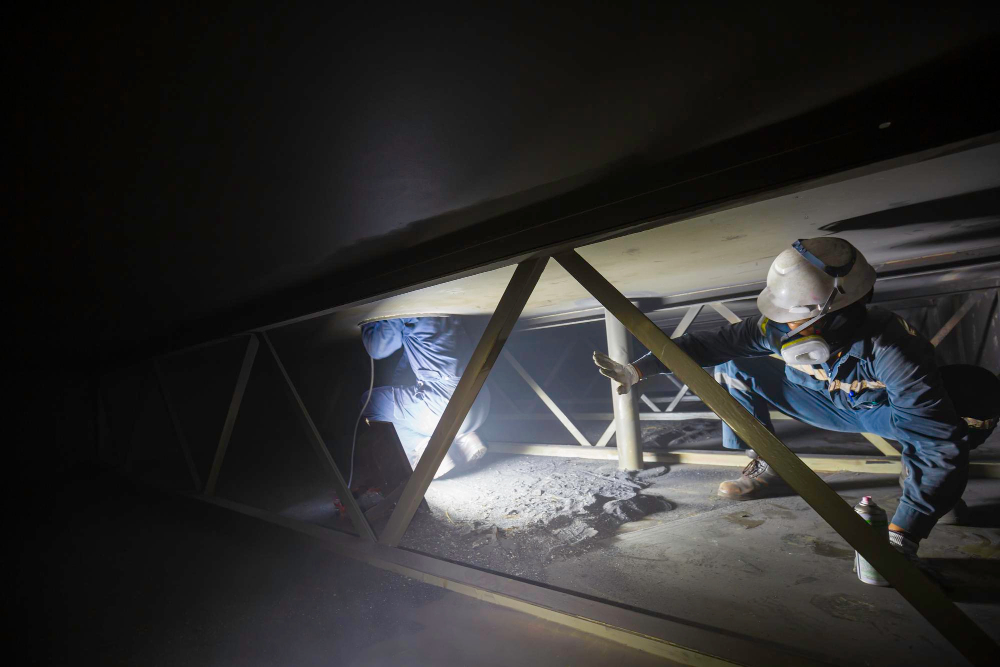
Insects like termites, ants, and cockroaches can eat away at wooden beams and joists over time. Rodents such as mice or rats may also chew through insulation or wiring causing electrical problems.
To prevent pests from entering your crawl space, it’s essential to seal any gaps or cracks that could serve as entry points for them. You should also ensure that there is no standing water in the area since this attracts insects like mosquitoes.
One effective way of controlling pests is by using bait stations placed strategically around the perimeter of your home’s foundation. These stations contain poison baits that attract rodents who then consume them before returning to their nests where they die off naturally without posing any risk to humans.
Another option is installing a vapor barrier on top of the soil floor which will help keep moisture levels low while preventing access for most crawling insects into the space below.
Grading and Soil Concerns
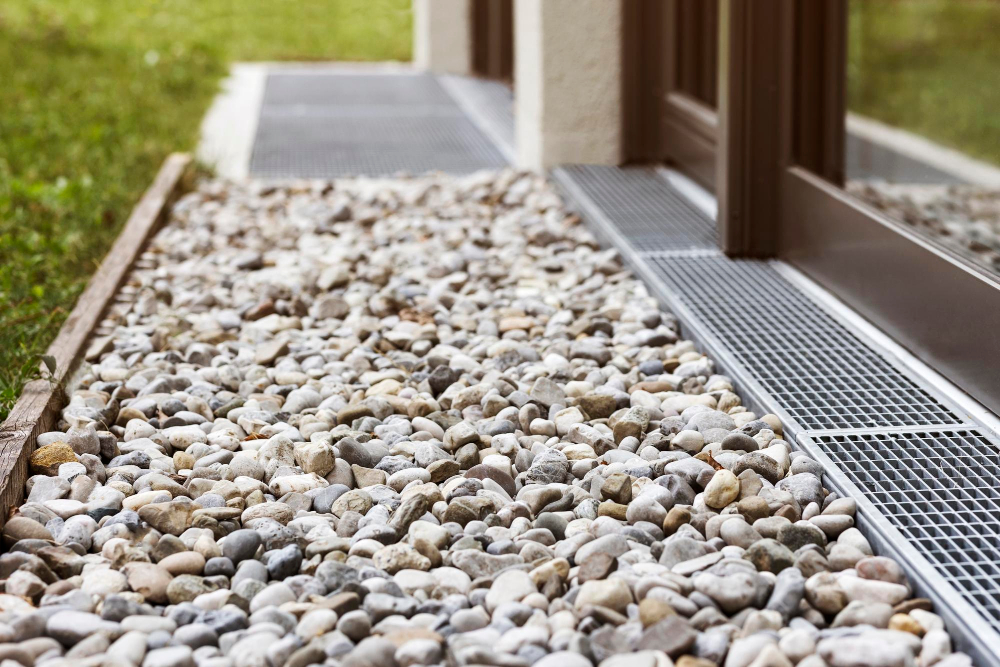
If the soil slopes towards your house, rainwater can easily seep into your crawl space, leading to mold growth and structural damage. To prevent this from happening, you need to ensure that the ground around your home slopes away from it.
If you’re dealing with a flat or sloping yard that directs water towards your foundation walls, consider regrading by adding soil or using a French drain system. A French drain is an underground drainage system designed to redirect water away from buildings and other structures.
Another option for managing moisture in crawl spaces is installing gutters and downspouts on all sides of the roofline. This will help direct rainwater away from the foundation walls while also preventing erosion caused by heavy rainfall.
Foundation Coatings
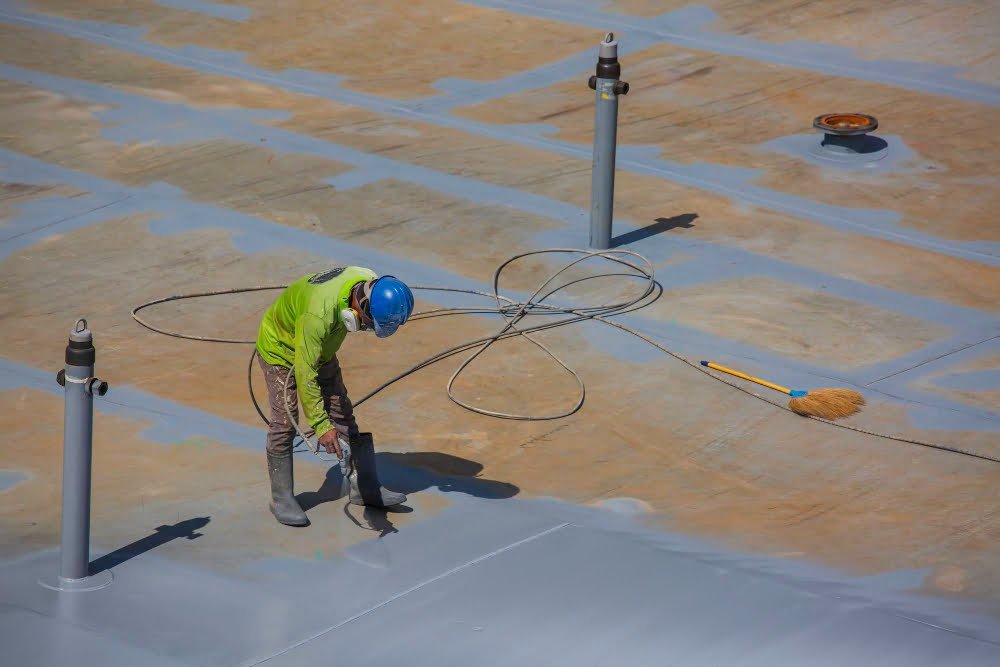
These coatings are designed to protect your home’s foundation from moisture and water damage. They can be applied on the interior or exterior of the foundation walls, depending on your specific needs.
Interior coatings are typically made of a waterproofing material that is applied directly onto the concrete walls. This creates a barrier between the wall and any moisture that may seep through it, preventing mold growth and other issues caused by excess humidity.
Exterior coatings work similarly but are applied outside of your home’s foundation walls instead. They’re usually made with materials like asphalt or rubberized membranes that create an impermeable layer over your concrete foundations.
While these options aren’t as comprehensive as crawl space encapsulation, they can still provide effective protection against moisture problems at a fraction of the cost. Plus, they’re relatively easy to install compared to more complex solutions like interior drainage systems or sump pumps.
Structural Repair Solutions
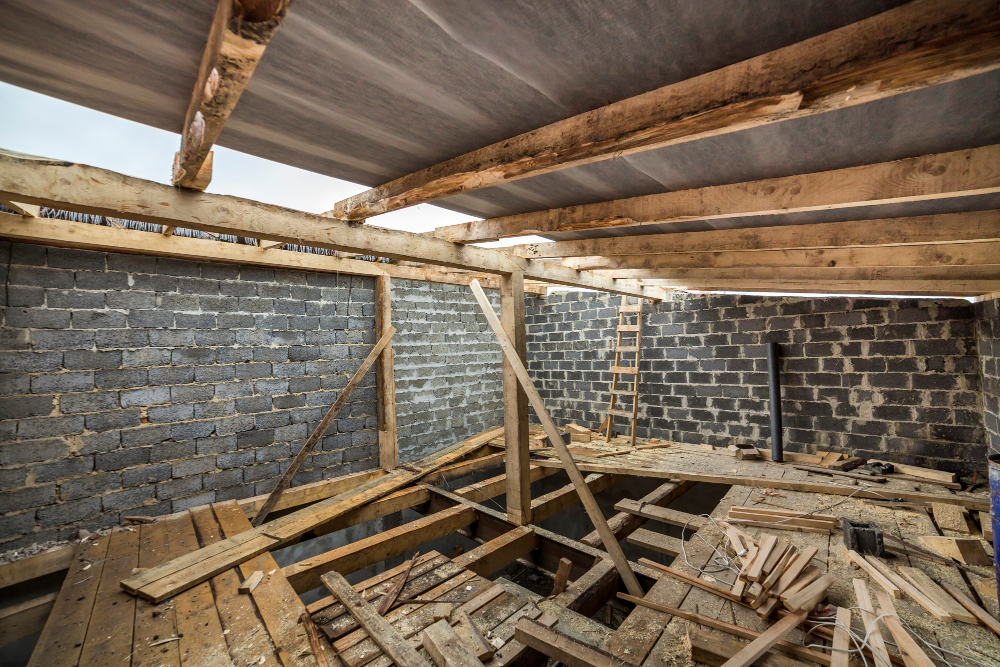
Structural issues can lead to sagging floors, cracks in walls and ceilings, and even collapse. Fortunately, there are several solutions available that can help repair damaged crawl spaces.
One option is installing support beams or columns to reinforce the foundation of your home. These beams are typically made from steel or wood and provide additional support for weakened areas of your foundation.
Another solution is using wall anchors or braces to stabilize bowing walls caused by soil pressure on basement walls. This method involves drilling holes into the affected wall and inserting steel rods which will be anchored outside with plates attached at both ends.
If you have severe structural damage in your crawl space such as sinking foundations due to poor soil conditions underfoot then helical piers may be necessary for stabilization purposes; these devices screw deep into stable soils beneath weak ones providing an anchor point that prevents further movement over time while also lifting up any sunken portions back towards their original position.
Sealing Crawl Space Methods
There are several methods for sealing a crawl space, including spray foam insulation, plastic sheeting, and concrete sealers. Spray foam insulation is a popular choice because it creates an air-tight barrier that prevents moisture from seeping through the walls or floor of the crawl space.
Plastic sheeting can also be used to create a vapor barrier that keeps out moisture and pests.
Concrete sealers are another option for sealing your crawl space. These products are applied directly to the concrete walls or floor of the crawlspace and create a waterproof barrier that prevents water from penetrating into your home’s foundation.
When choosing which method to use for sealing your crawlspace, consider factors such as cost, effectiveness in preventing mold growth or pest infestations in addition to durability over time. Ultimately you want something long-lasting but affordable so you don’t have recurring expenses on maintenance costs every few years.
Costs of Alternative Solutions

While encapsulation can be effective, it’s also one of the most expensive options out there. Fortunately, there are plenty of alternative solutions that won’t break the bank.
One option is installing a dehumidifier in your crawl space. This can help control moisture levels and improve air quality without requiring extensive work or materials.
Another option is using vapor barriers instead of full encapsulation – this involves covering only certain areas with plastic sheeting rather than sealing off the entire area.
Other alternatives include interior drainage systems and sump pumps for water management, insulation to regulate temperature and prevent energy loss, pest control measures to keep unwanted critters at bay, foundation coatings for added protection against moisture damage or structural repair solutions if you’re dealing with more serious issues like cracks or settling.
Of course, costs will vary depending on which solution you choose and how much work needs to be done in your specific situation.
Selecting a Crawl Space Contractor

Don’t just go with the first contractor that pops up on your Google search. Take some time to research different contractors in your area and read reviews from previous customers.
Look for a contractor who specializes in crawl spaces and has experience working with alternative solutions such as ventilation systems, dehumidifiers, vapor barriers or insulation options. Ask for references from past clients so that you can get an idea of their work quality.
It’s also important to ask about licensing and insurance before hiring any contractor. Make sure they have all necessary licenses required by state law, as well as liability insurance coverage.
Don’t forget about cost when selecting a crawl space contractor. Get quotes from multiple contractors so that you can compare prices and find one within your budget range without compromising on quality of workmanship or materials used.
Crawl Space Maintenance Tips
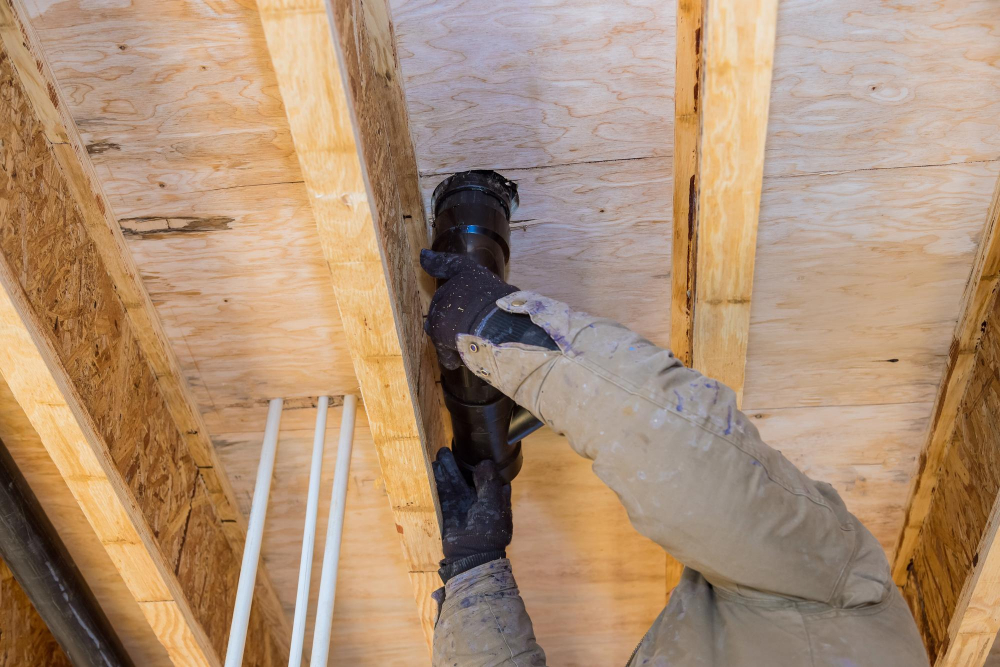
Here are some tips for keeping your crawl space in top condition:.
- Regularly inspect and clean gutters and downspouts around your home.
- Keep an eye out for any signs of moisture or water damage in the crawlspace.
- Check that all vents are open during dry weather conditions but closed when it rains or snows.
- Install a dehumidifier if necessary, especially during humid months or seasons.
- Seal any cracks or gaps around pipes, ductwork, and electrical wiring entering the crawlspace from outside.
By following these simple maintenance tips on a regular basis, you can help prevent future issues with moisture buildup and keep your home’s foundation healthy for years to come!.
FAQ
Is crawl space encapsulation really necessary?
Crawl space encapsulation is not a requirement but is necessary to eliminate moisture, pests, mold, and foul air, resulting in a healthier, safer, and more comfortable home.
When should you not encapsulate a crawl space?
One should not encapsulate a crawl space when there are bulk water problems, such as standing water, as covering it with plastic may worsen the situation.
Should I get a vapor barrier or encapsulation?
If budget allows, it is recommended to choose encapsulation over a vapor barrier for its many benefits and longevity.
Can you dehumidify a crawl space without encapsulation?
Yes, you can dehumidify a crawl space without encapsulation by using a dehumidifier, which helps reduce mold growth, protect structural integrity, and improve air quality.
What are the main differences between crawl space sealing and encapsulation?
Crawl space sealing mainly involves sealing air leaks and installing a vapor barrier, while encapsulation comprehensively covers the entire crawl space, including walls and floor, with a thicker vapor barrier.
How can proper ventilation be an alternative to crawl space encapsulation?
Proper ventilation provides adequate air circulation and moisture control, thus serving as an alternative to crawl space encapsulation by preventing mold growth and maintaining a healthy indoor environment.
What signs indicate that a crawl space requires professional intervention instead of encapsulation?
Signs that a crawl space requires professional intervention instead of encapsulation include significant structural damage, serious mold problems, chronic water intrusion, pest infestation, or faults in the drainage system.
Recap
Liked this article? Here's what you can read next:
